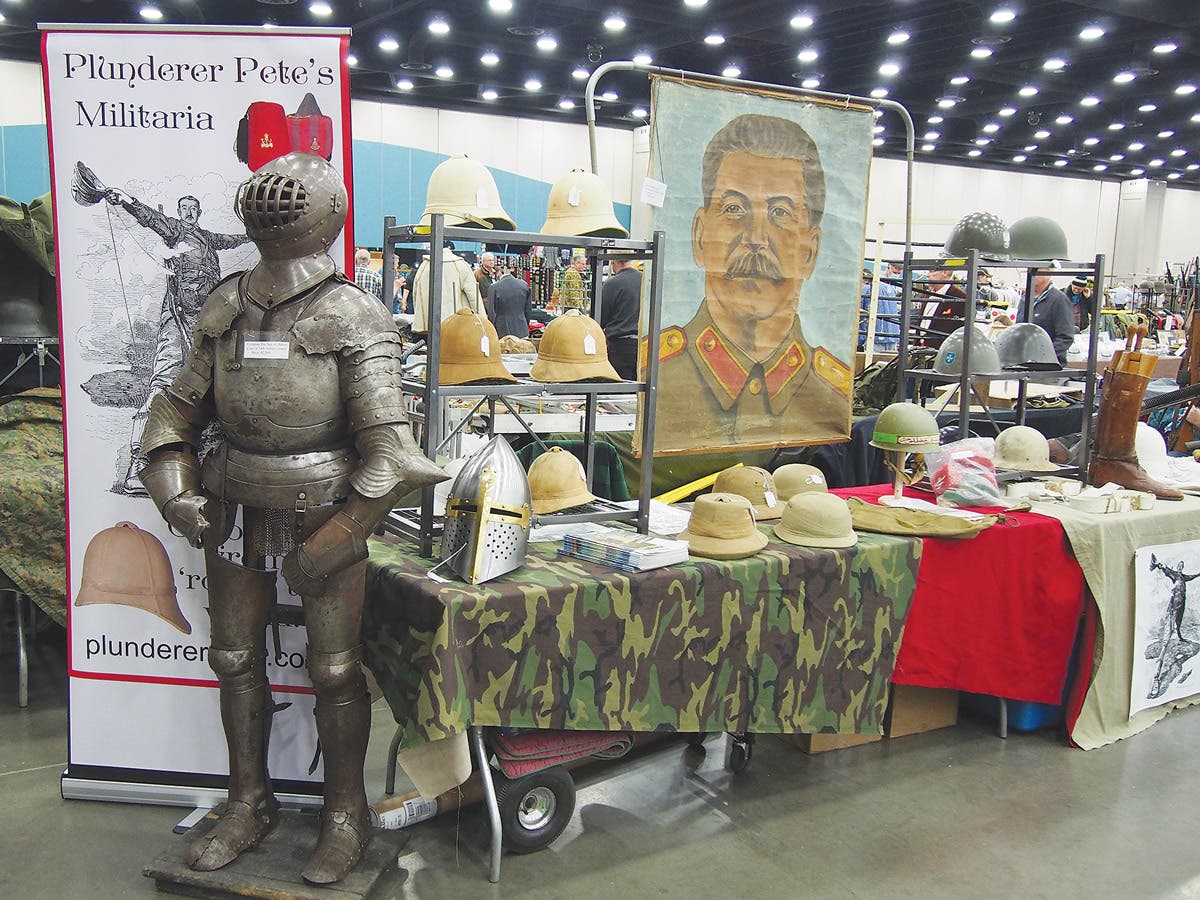German Wound Badges of Three Wars
In the Spring of 1918, Kaiser Wilhelm II, the last monarch of the German Empire, instituted a series of Verwundetenabzeichen” (wound badges) to memorialize soldier’s wounds received during the bloody battles. Ultimately, it was awarded in three classes for three different wars
1. The First World War
In the Spring of 1918, Kaiser Wilhelm II, the last monarch of the German Empire, instituted a series of Verwundetenabzeichen” (wound badges) to memorialize soldier’s wounds received during the bloody battles that happened in the killing fields of The Great War. These new awards were presented in three finishes: with the 3rd grade, black, for one or two wounds, 2nd grade in silver for soldiers wounded 3 or 4 times, and the 1st class in gold for those receiving 5 or more wounds, or for those receiving totally debilitating injuries (such as permanent blindness).
The badges took the basic design of a 38 by 44 mm oval badge (typically stamped hollow back for 3rd grades and solid back for 2nd and 1st grades) with a German Stahlhelm (steel helmet) in the center over two crossed swords, surrounded by a border of laurel leaves. The background behind the helmet and swords was either covered in a pebbled surface, or produced in a “cut out” version. Custom variations from the standard designs existed with smaller badges being produced, or 3rd grade black badges painted silver and being presented as 2nd grade awards.
At the same time, the German Navy presented their own form of wound badges, having a substantially different design then that of the army. The naval award consisted of an oval badge with an chain link surround , and a center displaying an upright anchor over crossed swords instead of the steel helmet of the army model. The awards were also presented in 3 grades: Black , silver, and gold and followed the same awarding criteria as that of the Army.
All Imperial wound badges were to be worn on the lower left of the soldier’s tunics below other awards such as the Iron Cross or submariner’s badge.
2. SPANISH CIVIL WAR
After the Spanish Civil War of 1936, German soldiers that took part as members of the Nazi provided Condor legion were awarded wound badges that Adolf Hitler had reinstated, and redesigned in 1939.
The 1936/39 model wound badge shared the same basic design as its predecessors with the addition of a prominent rotated swastika affixed to the center of the WWI-style steel helmet.
3. WORLD WAR II
As hostilities escalated on the Polish frontier in the fall of 1939, Hitler reintroduced the wound badge. The new 1939 wound badge featured a more modern 1935 helmet at its center rather than the WWI-era steel helmet. The new wound badge would eventually be produced in steel, brass, and zinc.
The 1939 wound badges were awarded to all members of the armed forces (Army, Air Force, Waffen-SS, and Navy; the 1918 Naval-specific badge was not utilized nor reissued). In addition,members of paramilitary groups and civilians who were injured during the intense fighting and bombing raids could also receive any of the three grades of badges.
Gold and silver awards were normally housed in two-piece boxes, while 3rd class awards typically came in paper envelopes. An award document featuring the date of the award, name of the recipient, and unit designation (if applicable) accompanied the badge when awarded. When out of uniform, soldiers could wear miniature versions of the badges in the forms of stick pins, either singularly, or mounted on bars with other awards that they had received.
In July 1944, an assassination attempt was made on Adolf Hitler at his East Prussia headquarters. A bomb ripped through the conference room, injuring a number of Hitler’s high ranking officers, and killing several others. To commemorate those that had been wounded, Hitler had a special wound badge made that followed the same basic design as the general issue badge, but had the helmet raised in the center. Under it, the date of the attempt and a facsimile of Hitler’s signature was inscribed. The surfaces of these rare awards varied from black to blued, silvered, and gold. If a recipient received subsequent awards, he was given the same special pattern in the higher grade.
4. POST-WAR GERMANY
After the defeat of Nazi Germany in 1945, members of the new democratic Bundeswehr (German armed forces) were permitted to wear their past Third Reich-era wound badges in new forms: The 1957 “de-nazified” version. The 1957 wound badges took the form of the 1939 badge, but excluded the swastika on the helmet face.
With 24 recorded companies producing wound badges for the millions of soldiers that served during the dictatorship of Hitler’s Third Reich, there are many examples of the more common badges available in today’s collecting market. Collections can range from single representatives of each grade to large collections that represent the slight die variations and suspension components used by the different manufacturers.
You may also enjoy
*As an Amazon Associate, Military Trader / Military Vehicles earns from qualifying purchases.
Chris William has been a long-time member of the collecting community, contributor to Military Trader, and author of the book, Third Reich Collectibles: Identification and Price Guide.
"I love to learn new facts about the world wars, and have had the good fortune to know many veterans and collectors over the years."
"Please keep their history alive to pass on to future generations".








